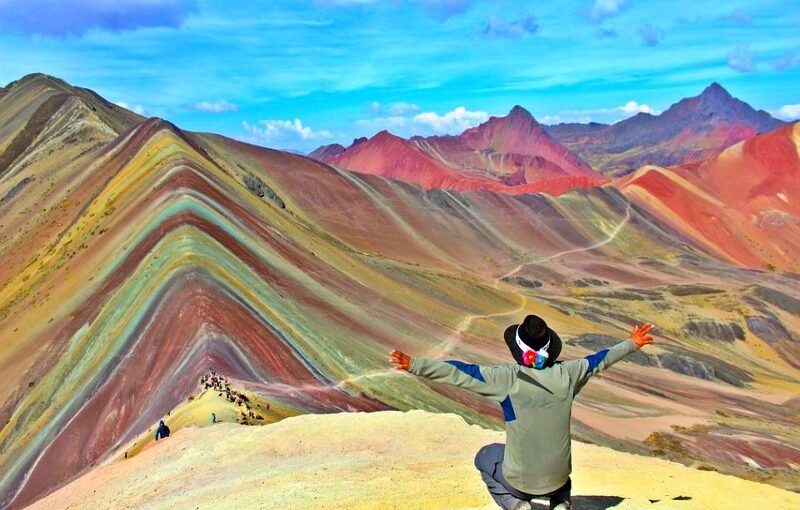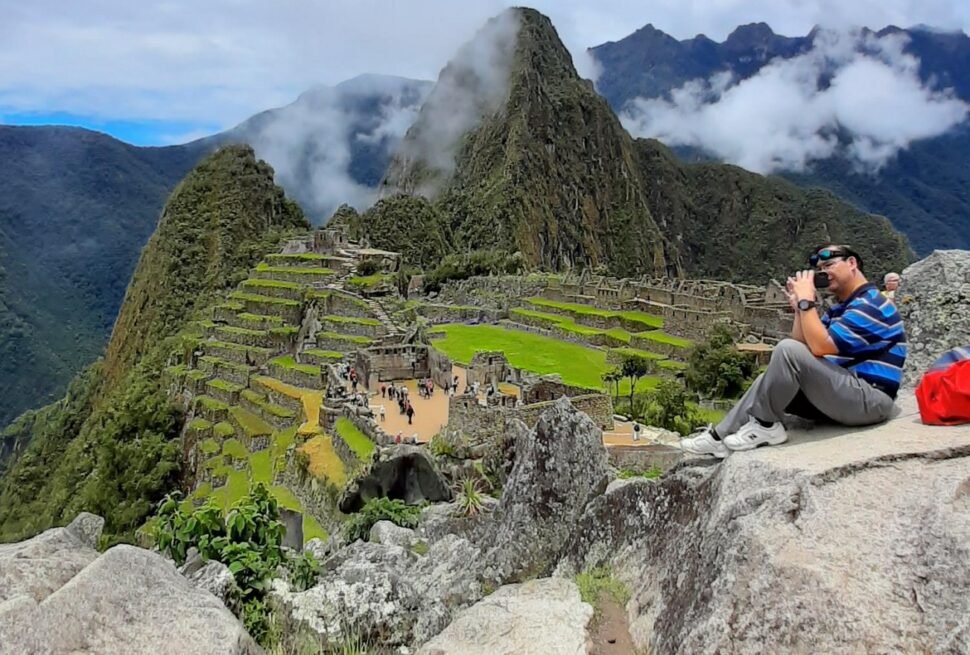
Rainbow Mountain is a breathtaking natural wonder located in the Andes of Peru. It’s known for its vibrant colors, which make it one of the most beautiful and unique mountains in the world. Many people come to visit Rainbow Mountain because of its stunning views and the opportunity to experience an unforgettable adventure.
However, it’s important to remember that natural wonders like Rainbow Mountain need to be preserved for future generations. By respecting the environment and local culture, we can ensure that this magnificent mountain continues to be a source of inspiration and wonder for years to come.
History of Rainbow Mountain
The history of Rainbow Mountain is a fascinating story that has only recently been uncovered. For many years, the mountain was hidden under a thick layer of snow and ice, and was only revealed when the ice began to melt due to climate change.
It’s believed that the colorful stripes on the mountain were formed over millions of years by the gradual erosion of sedimentary rock. The different colors of the stripes represent different layers of rock that were formed over time, with each layer containing different minerals and sediments.
The local Quechua people, who have lived in the region for centuries, have long known about the existence of Rainbow Mountain, and consider it to be a sacred site. In Quechua, the mountain is known as Vinicunca, which means “mountain of many colors.” The Quechua people believe that the mountain is home to the spirit of the Apus, or mountain gods, and they often make offerings and perform ceremonies at the site.
Despite its importance to the local people, Rainbow Mountain remained largely unknown to the outside world until recently. In 2015, photos of the mountain went viral on social media, sparking a surge in tourism to the region. Today, Rainbow Mountain is one of the most popular tourist attractions in Peru, and thousands of visitors make the trek to the mountain every year to witness its stunning beauty and learn about its history.
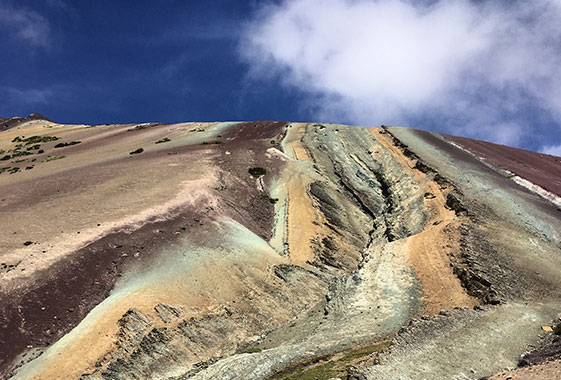
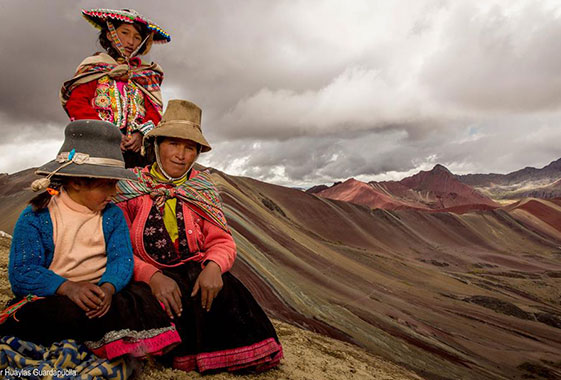
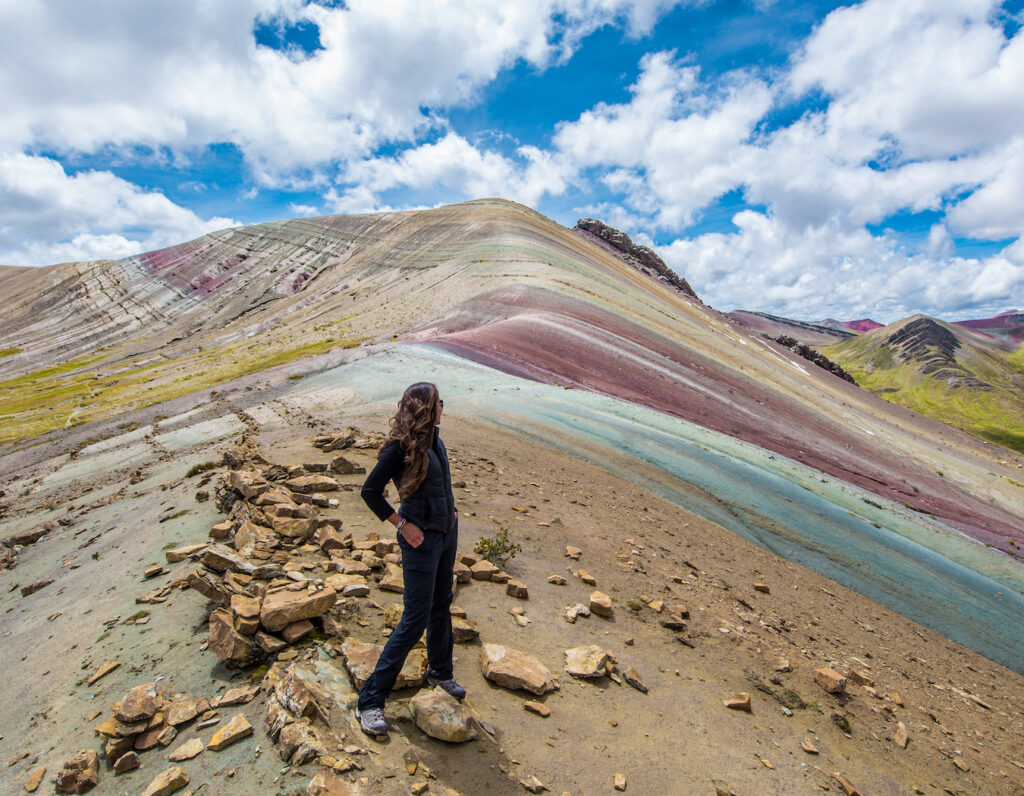
Getting to Rainbow Mountain
To reach Rainbow Mountain, visitors must embark on a challenging trek through the Andes. The journey starts from the small village of Cusipata, which is located about three hours from the city of Cusco. The hike itself is around 6 miles long and can take up to 7 hours, depending on the individual’s fitness level.
It’s important to acclimatize to the high altitude before attempting the trek, as the summit of Rainbow Mountain stands at over 17,000 feet above sea level. This means that visitors may experience altitude sickness and other symptoms if they are not properly prepared. It’s recommended to spend a few days in Cusco to adjust to the altitude before starting the trek.
The Journey to Rainbow Mountain
The journey to Rainbow Mountain is as beautiful as the destination itself. The trail winds through picturesque valleys and past snow-capped peaks, offering stunning views of the surrounding landscape. Along the way, visitors will encounter a variety of unique flora and fauna that are endemic to the Andes, including llamas, alpacas, and vicuñas.
The trek also provides an opportunity to experience the local culture and interact with the communities that live in the area. Visitors can learn about traditional Andean lifestyles and customs, and even sample local cuisine such as quinoa soup and coca tea.
Arrival at Rainbow Mountain
After a challenging hike, visitors will finally reach the summit of Rainbow Mountain. The first thing that strikes most people is the mountain’s incredible colors, which are caused by the presence of different minerals in the rock layers. The colors range from deep reds and oranges to bright yellows and greens, creating a stunning rainbow effect.
The view from the top of Rainbow Mountain is truly breathtaking, with panoramic vistas of the surrounding Andes and valleys below. However, it’s important to remember to be respectful of the environment and the local culture while visiting the mountain. Visitors should avoid leaving trash or disturbing the wildlife and should always be mindful of the customs and beliefs of the local people.
Climate
Rainbow Mountain is located in the Andes, which has a high-altitude climate with cold temperatures and low humidity. The weather can change rapidly, with sunny mornings often giving way to cloudy afternoons and occasional rain showers. It’s important to pack warm and waterproof clothing when visiting Rainbow Mountain.
Location
Rainbow Mountain is located in the Vilcanota mountain range, which is part of the Andes in Peru. It’s situated about three hours south of the city of Cusco and is accessible by car or bus. The trailhead for the Rainbow Mountain trek is located near the small village of Cusipata.
Geography
Rainbow Mountain is a striking geological formation that stands at over 17,000 feet above sea level. The mountain is composed of layers of sedimentary rock that have been eroded over millions of years by wind and water. The distinctive stripes of color are caused by the presence of different minerals in the rock layers, such as iron oxide and copper sulfate.
The surrounding area is characterized by towering peaks, deep valleys, and a diverse array of flora and fauna. The Andes is home to many unique species that have adapted to the high-altitude climate, such as llamas, alpacas, and the Andean condor. The landscape is also dotted with small villages and agricultural fields where the local people practice traditional farming methods. Overall, Rainbow Mountain is a stunning natural wonder that is both beautiful and unique.
Conclusion
Rainbow Mountain is an unforgettable destination that offers a unique combination of natural beauty and cultural heritage. By respecting the environment and the local culture, we can ensure that this magnificent mountain remains a source of inspiration and wonder for generations to come. If you’re looking for a challenging and rewarding adventure, Rainbow Mountain should definitely be on your bucket list.

